Role Scientist | Name Pedro Paulet | |
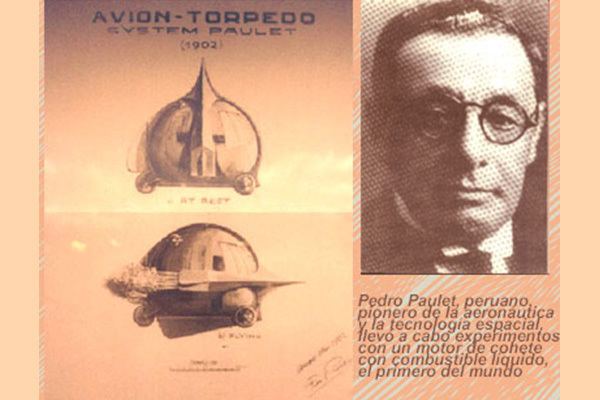 | ||
Known for First liquid-fueled rocket engine Education University of Paris III: Sorbonne Nouvelle Fields Chemical Engineering, Astronautics | ||
Hombres de bronce pedro paulet 1
Pedro Eleodoro Paulet Mostajo (July 2, 1874 – January 30, 1945) was a Peruvian inventor who allegedly in 1895 was the first person to build a liquid-fuel rocket engine and, in 1900, the first person to build a modern rocket propulsion system. German V-2 inventor Wernher von Braun considered Paulet one of the "fathers of aeronautics." The National Air & Space Museum in Washington, D.C., has a small plaque honoring the memory of Paulet.
Contents
- Hombres de bronce pedro paulet 1
- Pedro paulet la asombrosa historia del genio peruano
- Career
- Legacy
- References
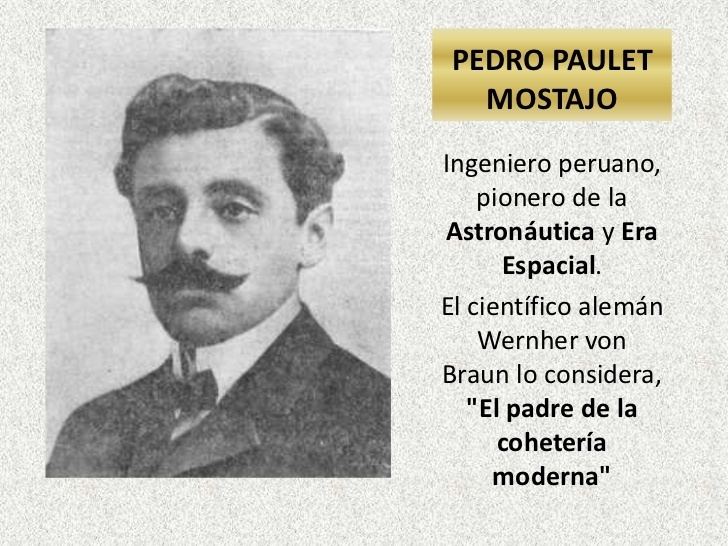
Pedro paulet la asombrosa historia del genio peruano
Career
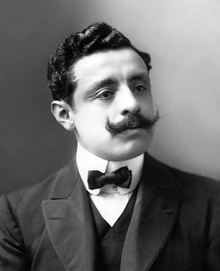
Paulet's claims were unknown until October 27, 1927, when a letter from Paulet appeared in an issue of the Peruvian newspaper El Comercio in which he claimed legal ownership of his earlier rocket motor design. Recognizing that rocketry was beginning to boom in Europe, Paulet sought witnesses to help verify the work he said he had done years earlier. The letter was circulated across the world by an Alexander Scherschevsky, a Russian national, in summary form. Had Paulet's claim been authenticated, he might today be considered the father of liquid-propellant rocketry, rather than Robert H. Goddard, who in 1926, flew a liquid-fueled rocket engine in a test vehicle.
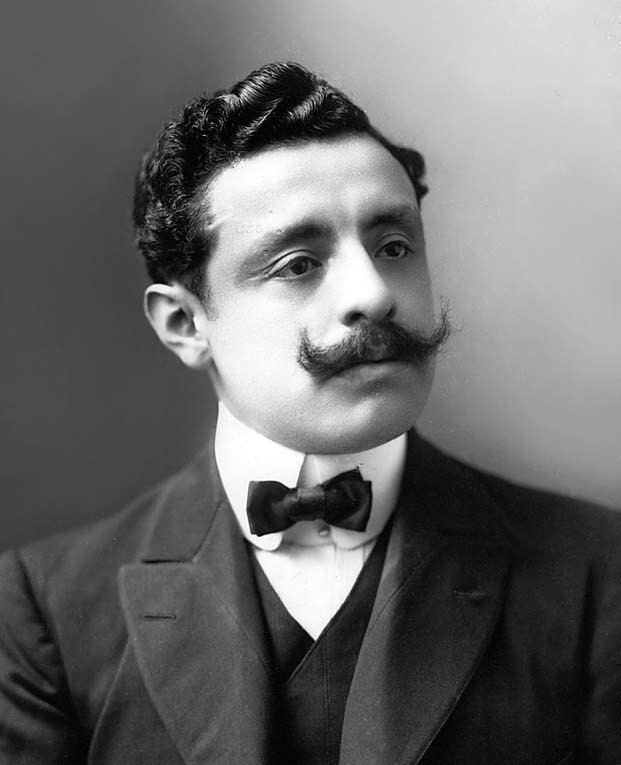
Paulet also designed reaction motors in 1895, propulsion systems in 1900, and an airplane using thermoelectric batteries and rocket engines in 1902. He alluded to the use of nuclear propelled rockets for flights to the moon.
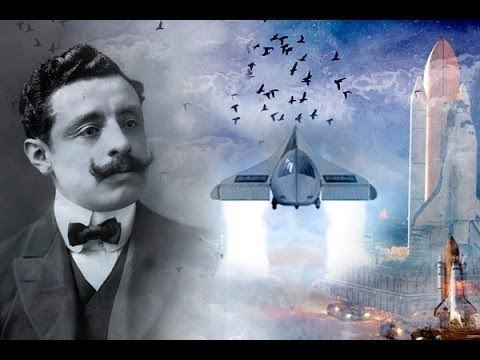
In 1900, Paulet’s life took a turn. Because of the various diplomatic responsibilities he was given by the Peruvian government, he joined the diplomatic corps. He was first assigned as Peruvian consul in Paris, and in 1902 he was transferred to Belgium, as consul general in Antwerp. It was there that he finished his drafts for the "Torpedo-Plane, Paulet system."
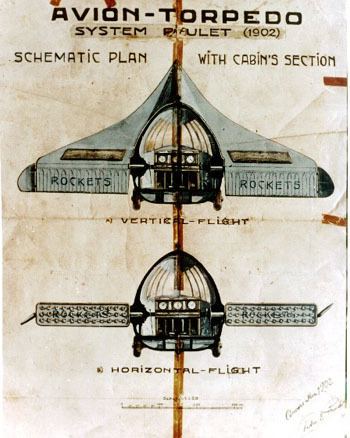
The Peruvian government assigned him a number of official duties, which distracted him from his project. But the government also needed his technical and scientific input for other projects. For example, they asked him to evaluate the feasibility of applying wireless telegraphy across the Pacific Ocean, and it is on the basis of his research that a telegraph system was installed in Peru.
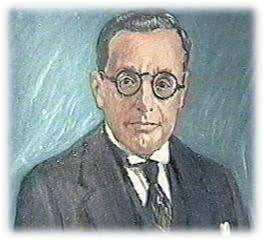
In 1904, Paulet was called upon by the Peruvian government to assume the founding and directorship of the School of Arts and Trades (predecessor of the current Superior Technology Institute). To carry out this project, Paulet studied the curriculum of the most prominent centers of European technical education. He invited a prominent teaching team of engineers to join him in founding the School, which was also provided with the best laboratory equipment and machinery for fulfilling its purpose.
Legacy
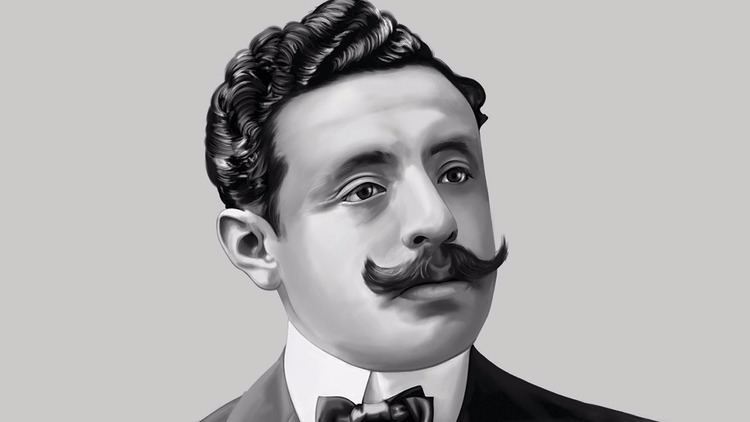
Paulet combined the directorship of the School with the management of the magazine that he had founded in 1909, Ilustración Peruana. This magazine, directed toward youth, was known for its scientific-technical orientation, and had as its objective the preparation of youth for engineering, and especially aeronautical, vocations.
On December 27, 2006, the rocket Paulet I, a joint venture between the Peruvian Air Force and other Peruvian scientific entities, was named in Paulet's honor. Its launch that day reached an altitude 45 km and traveled at five times the speed of sound. This was Peru's first attempt to venture into space. Future plans include putting a satellite into orbit.
Wernher von Braun, in his book World History of Aeronautics states: "Pedro Paulet was in Paris in those years (1900), experimenting with his tiny two-and-a-half kilogram motor, and achieved 100 kg of force. By this act, Paulet should be considered the pioneer of the liquid fuel propulsion motor." Further, in his History of Rocketry and Space Travel, von Braun recognizes that "by his efforts, Paulet helped man reach the Moon."
In Peru, Paulet's birthday has been officially declared National Aeronautics Day.
The Peruvian Air Force, in its Aeronautics Museum in Lima, has made the "Pedro Paulet Hall" into a major exhibit, where Paulet’s works, original sketches, and scale models of his inventions, are on view.
